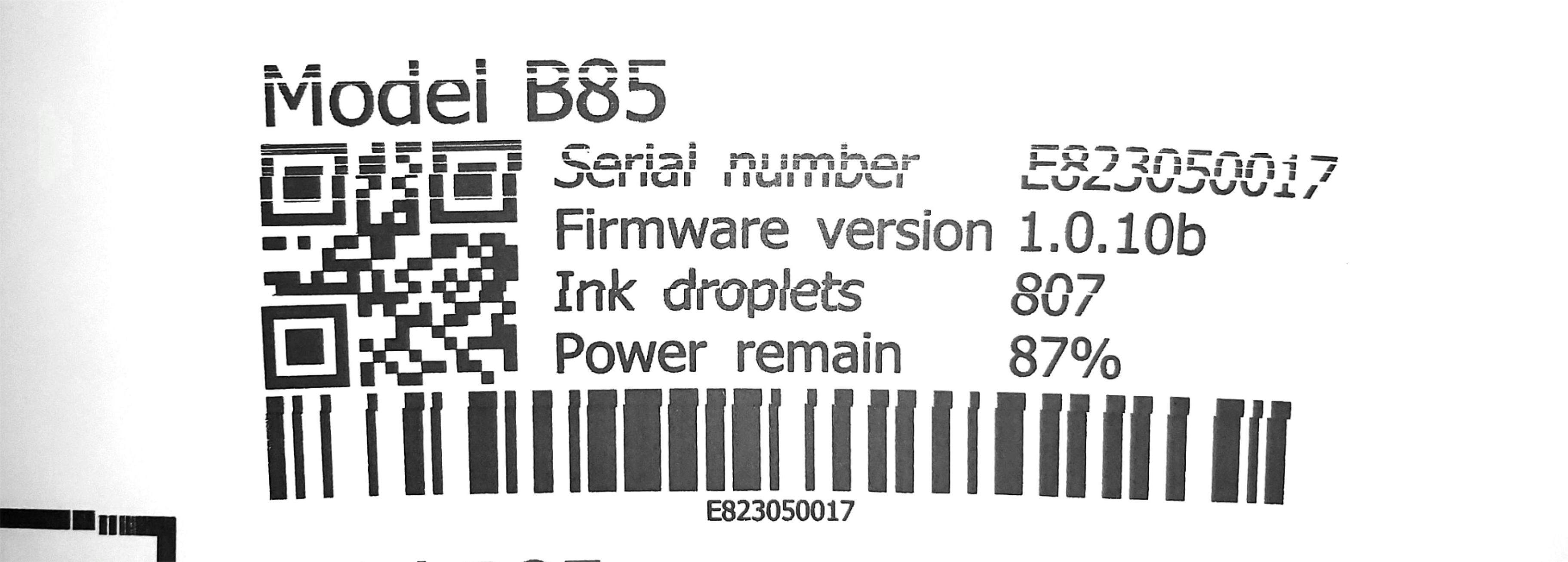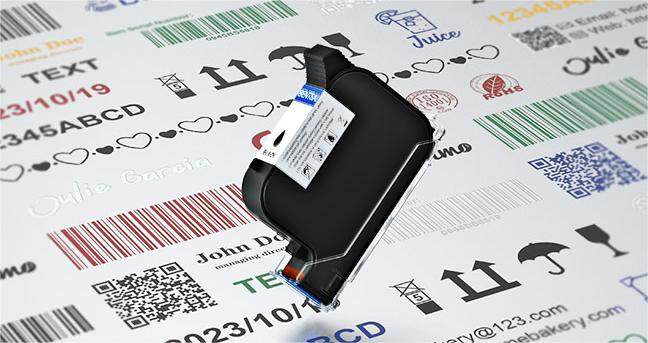How to Clean and Extend the Life of Your Printhead?
Printers remain an indispensable part of both our professional and personal lives. Whether it's for printing important documents, photos, creative projects or on-site direct item printing, the quality of your prints significantly depends on the condition of your printhead. This comprehensive guide will walk you through the steps to clean and extend the life of your printhead, ensuring your printer operates efficiently for years to come.
Why Printhead Maintenance is Essential?
The printhead is a critical component of any printer, responsible for transferring ink or toner onto paper to create text and images. Over time, printheads can become clogged with dried ink, dust, or debris, leading to poor print quality, wasted ink, and even printer damage. Regular maintenance not only prevents these issues but also saves you money on ink and potential repairs.
Regular Maintenance Tips
(1) Manual Cleaning Techniques
- For Inkjet Printers: Delicately clean the printhead with a soft, lint-free cloth slightly moistened with distilled water or isopropyl alcohol. It’s crucial to avoid direct contact with the nozzles to prevent damage.
- For Laser Printers: Use a dry, lint-free cloth to remove any toner particles or debris from the printhead area.
(2) Utilizing Automatic Cleaning Features
Modern printers come equipped with an automatic cleaning function designed to keep the printhead clear of obstructions. While effective, this process can consume a significant amount of ink. It's recommended to use this feature sparingly and only when necessary.

What to Do If Your Handheld Printer's Printhead Clogged?
If you own a handheld printer and are experiencing printhead clog, don’t panic! Follow our video below to clean the print head will improve the print result.
Preventive Care Strategies
- Consistent Use: Keeping your printer active prevents ink from drying and clogging the nozzles. Aim to print at least once a week.
- High-Quality Supplies: Opt for the best quality ink or toner compatible with your printer model. Inferior quality supplies are more likely to cause clogs and other issues.
- Proper Shutdown Procedures: Always turn off your printer using its power button. This allows the printhead to retract into a position that minimizes the risk of ink drying and clogging.
- Environment Control: Keep your printer in an area with controlled humidity to prevent ink from drying out too quickly.
More Tips for Handheld Inkjet Printers
An often overlooked but crucial aspect of printhead maintenance involves the correct storage of ink cartridges. Handheld inkjet printers, which rely on these cartridges, can suffer from reduced print quality and efficiency when the ink dries out or when cartridges are improperly handled. This is particularly true for printers using solvent-based inks, which are more prone to drying. Also, leaving ink cartridges exposed to air for extended periods can lead to the ink drying out or the cartridge becoming air-bound. This not only diminishes print quality but can also make simple cleaning methods ineffective. The consequences? A potential slowdown in workflow, frustrating hours spent on customer support calls, and unnecessary additional expenses on replacement ink cartridges.

Best Practices for Ink Cartridge Storage
To mitigate these issues and extend both the life of your ink cartridges and the overall health of your printhead, adhere to the following storage guidelines:
- Use Protective Caps: Always replace the protective cap on the ink nozzle when the cartridge is not in use. This cap is designed to prevent the ink from drying out and to keep air from entering the cartridge. Make it a habit to never discard these caps, as they play a critical role in cartridge preservation.
- Remove Cartridges When Idle: If you anticipate not using your handheld inkjet printer for an extended period, it's prudent to remove the ink cartridges. This step is especially crucial for printers that use solvent-based inks, which have a higher propensity to dry out.
- Store in a Cool, Dry Place: Ink cartridges should be stored in an environment that is cool and dry to further prevent the ink from drying out or deteriorating. Extreme temperatures and humidity can affect the ink's composition, leading to poor print quality.
- Keep Upright: If possible, store the cartridges in an upright position. This orientation helps in keeping the ink near the nozzle, ready for use, and minimizes the risk of leaks or air bubbles forming inside the cartridge.
Incorporating these storage practices into your routine can significantly reduce the likelihood of encountering common printing problems associated with dried out or air-filled cartridges. By ensuring your ink cartridges are properly cared for, you not only save time and resources but also enhance the performance and lifespan of your handheld inkjet printer.
Conclusion
Maintaining your printhead is key to ensuring your printer remains in top working condition, providing you with high-quality prints for all your needs. By following the detailed steps outlined in this guide, you can prevent common printer issues, save on ink costs, and avoid the hassle of unexpected printer repairs.
Incorporate regular printhead maintenance into your routine to enjoy uninterrupted printing. Remember, a little care goes a long way in extending the life of your printer.
Ask Question
No questions and answers

